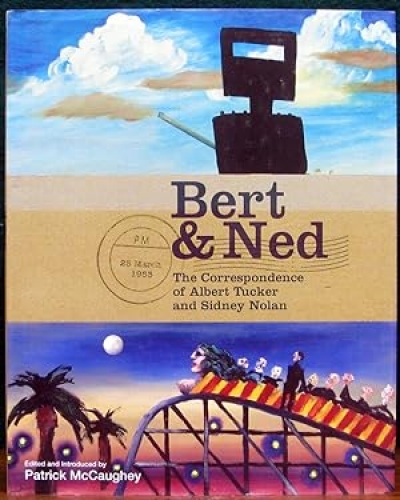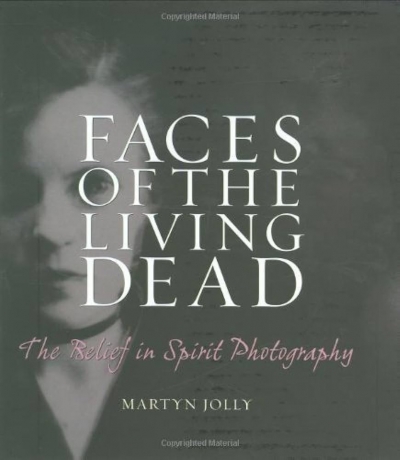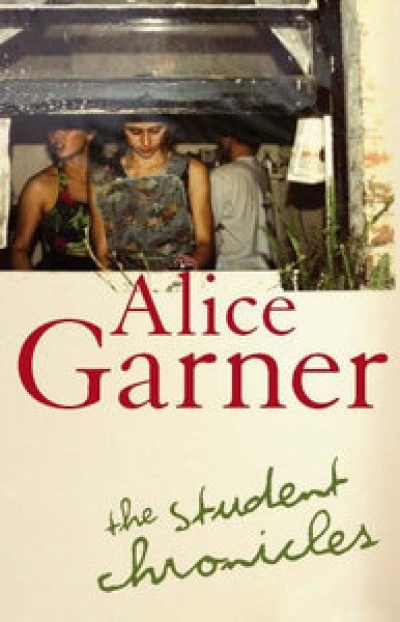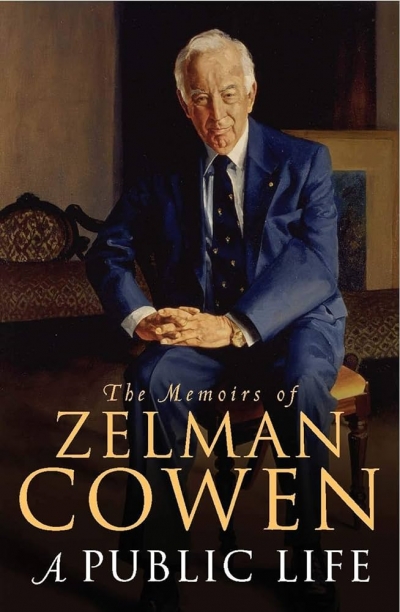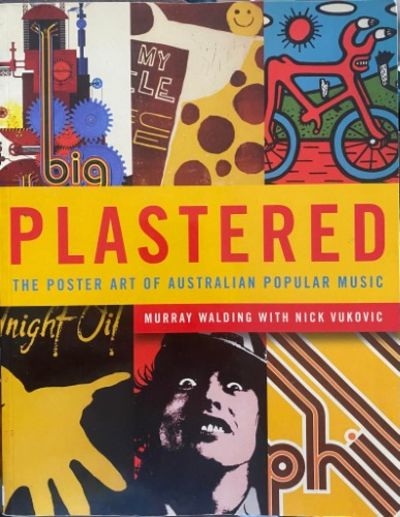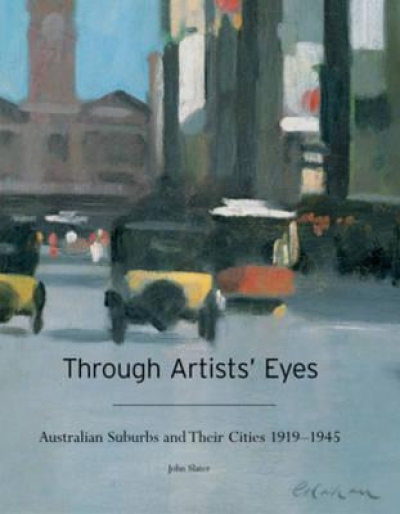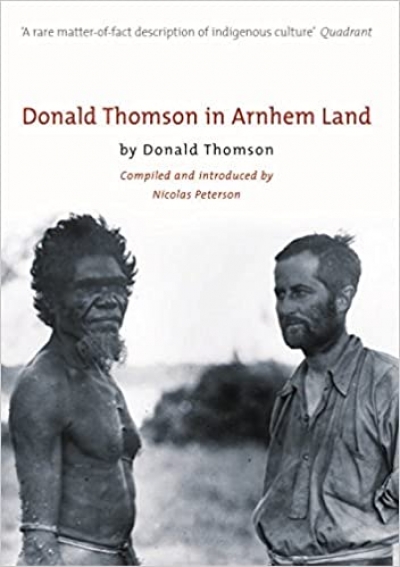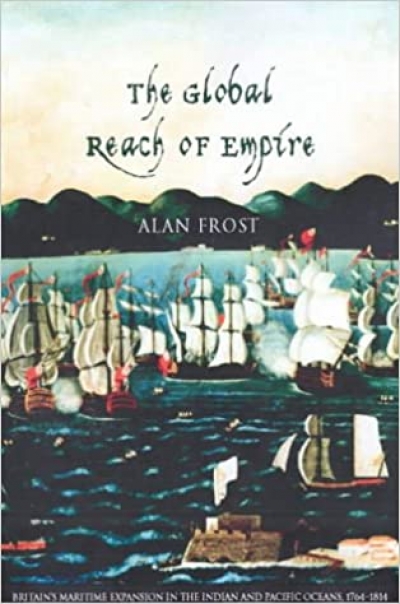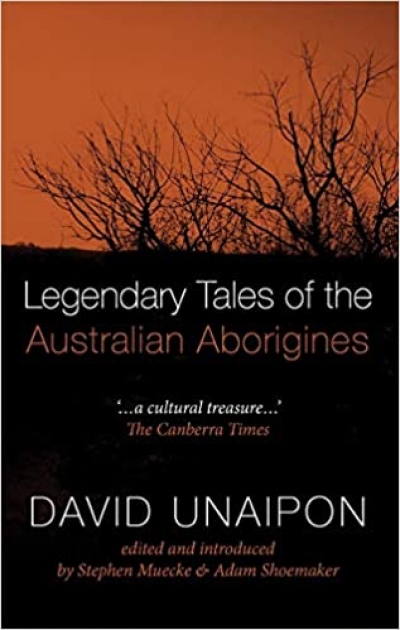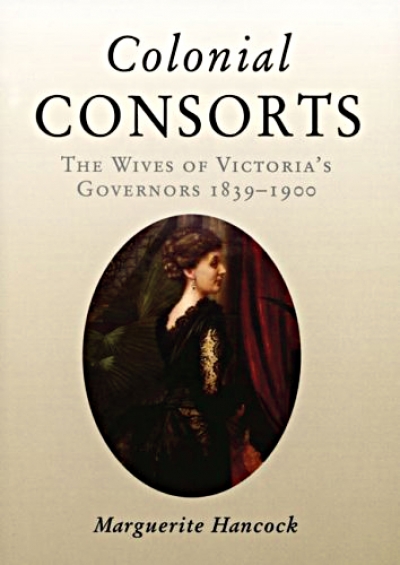Miegunyah Press
Bert & Ned: The correspondence of Albert Tucker and Sidney Nolan edited by Patrick McCaughey
by Mary Eagle •
Faces of the Living Dead: The belief in spirit photography by Martyn Jolly
by Isobel Crombie •
Plastered: The poster art of Australian popular music by Murray Walding (with Nick Vukovic)
by Anita La Pietra •
Through Artists’ Eyes: Australian Suburbs and their Cities, 1919-1945 by John Slater
by Daniel Thomas •
Donald Thomson in Arnhem Land by Donald Thomson, edited by Nicolas Peterson
by John Mulvaney •
The Global Reach of Empire: Britain’s maritime expansion in the Indian and Pacific oceans, 1764–1815 by Alan Frost
by Donna Merwick •
Legendary Tales of the Australian Aborigines by David Unaipon, edited and introduced by Stephen Muecke and Adam Shoemaker
by Susan Hosking •
Colonial Consorts: The wives of Victoria’s governors, 1839–1900 by Marguerite Hancock
by Paul de Serville •

